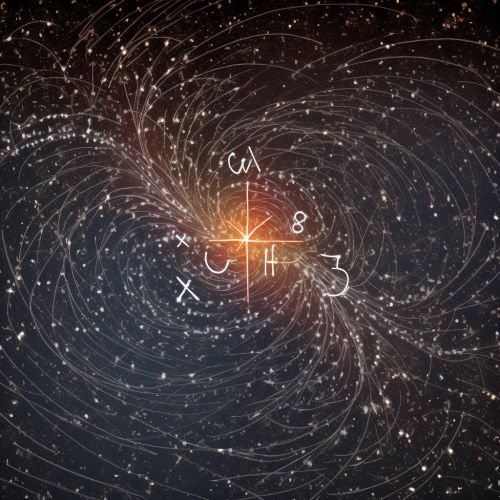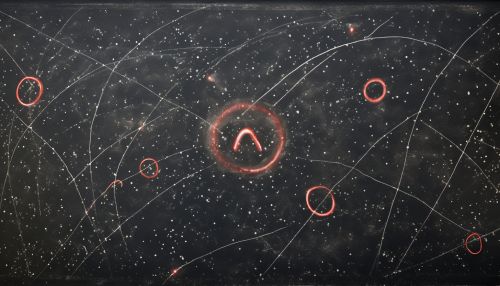Einstein's mass-energy equivalence
Introduction
Einstein's mass-energy equivalence is the scientific concept that the energy (E) of an object is equal to its mass (m) times the speed of light (c) squared. This relationship is famously represented by the equation E=mc^2, which was proposed by Albert Einstein in his 1905 paper "Does the Inertia of a Body Depend Upon Its Energy Content?" as part of his special theory of relativity.


Theoretical Background
The mass-energy equivalence principle is rooted in the physics of special relativity, a theory that describes the laws of physics as they apply to objects moving at a constant speed in a straight line. Special relativity is based on two postulates: the laws of physics are the same for all observers in uniform motion relative to one another (principle of relativity), and the speed of light in a vacuum is the same for all observers, regardless of their motion or the motion of the source of the light.
Derivation of the Equation
The derivation of the E=mc^2 equation is based on the principles of special relativity. Einstein's derivation of the equation was based on the Lorentz transformations, which describe how the measurements of space and time by two observers moving relative to each other are related. The derivation involves a series of mathematical steps that include the use of the Lorentz transformation equations and the principles of conservation of energy and momentum.
Experimental Verification
The mass-energy equivalence principle has been experimentally verified in a number of ways. One of the first verifications came from studies of the beta decay of radioactive elements, where the energy released in the decay process could be directly related to a decrease in the mass of the decaying nucleus. Other experimental verifications have come from particle physics experiments, where the creation and annihilation of particles can be directly related to changes in energy and mass.
Implications and Applications
The mass-energy equivalence principle has profound implications for our understanding of the universe and has numerous applications. In the realm of astrophysics, the principle explains the enormous amounts of energy released in nuclear reactions, such as those that power the sun and other stars. In the field of nuclear physics, the principle is used to calculate the energy released in nuclear reactions, including those that occur in nuclear power plants and nuclear weapons. In the field of particle physics, the principle is used to understand the processes of particle creation and annihilation.
